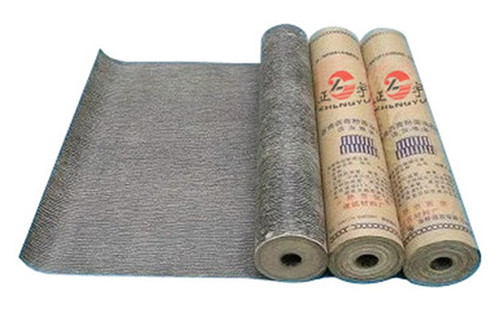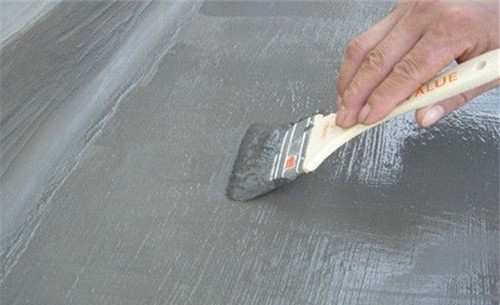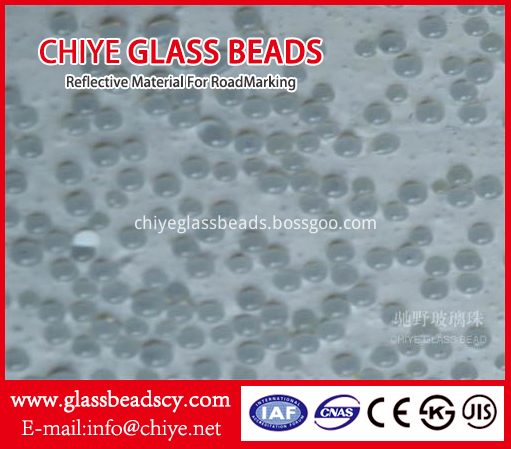The selection of waterproof materials on the ground is particularly important, however, waterproofing on the ground is also an important part of home decoration. A slight carelessness will bring unnecessary troubles, especially in the kitchen and bathroom space, where the maximum amount of water is used so that the indoor humidity is high and waterproof must be done first. Then tile the tile, otherwise it will seriously affect the quality of housing renovation projects. Next, Xiao Bian will introduce to you the ground waterproof materials and ground waterproofing methods.

What are the waterproof materials on the floor?
1, rubber plastic waterproof material
With neoprene rubber, butyl rubber, ethylene propylene diene monomer, polyvinyl chloride, polyisobutylene and polyurethane as raw materials, it can be made into elastic tireless waterproof membrane, waterproof film, waterproof coating, coating material and ointment, cement Sealing materials, such as sealing tapes, have high tensile strength, high elasticity and elongation, good adhesion, water resistance, and weather resistance. They can be used coldly and have a long service life.
2, asphalt waterproof material
The natural asphalt, petroleum asphalt and coal asphalt as the main raw materials, made of asphalt linoleum, asphalt tire felt, solvent-based and water emulsion bitumen or asphalt rubber coatings, ointments, with good adhesion, plasticity, Water resistance, corrosion resistance and durability.
3, metal waterproof material
Thin steel plate, galvanized steel plate, profiled steel plate, coated steel plate, etc. can be directly used as roofing panels for waterproofing. Thin steel plates are used for metal waterproofing of basements or underground structures. Thin copper plates, thin aluminum plates, and stainless steel plates can be used as waterproofing strips for building deformation joints. The connection of the metal waterproof layer is to be welded and painted with a rust-proof protective paint.
4, cement waterproof material
Admixtures with a coagulative effect on cement, such as water repellents, air entrainers, and expansive agents, can increase the hydrophobicity and impermeability of cement mortars and concrete; and promote coagulation with cement and sodium silicate as base materials. Mortar, can be used for underground engineering plugging and waterproofing.

Ground waterproofing method
1. The joints between the wall and the ground and the ground joints between the upper and lower water pipes are the most prone to problems. Special care must be taken in the corners. The decoration team is required to provide cement mulch to the upper and lower water pipes in the kitchen and bathroom. Brush a 10 to 20 cm polyurethane waterproof coating upward from the floor, and then re-do the polyurethane waterproofing on the ground, and add the original waterproof layer to form a composite waterproof layer. To enhance waterproofness. There will be a transfer excuse for the water pipes at the transition between the wall and the ground. It must be ensured that there will be no water leakage at the interface. After the installation is complete, the water test can be conducted.
2. When the bathroom is bathed, the water will splash on the adjacent wall. If there is no protection of the waterproof layer, the partition wall and the diagonal corner wall will be easily damp and moldy. So be sure to waterproof the walls before you apply the wall tiles. In the general waterproofing process, the wall surface is to be treated with a waterproof height of 30 cm. However, for a non-load-bearing lightweight wall, the entire wall should be waterproofed, and at least 1.8 meters high should be achieved. The waterproof surface of the wall adjacent to the shower position should also be 1.8 meters high. If a bathtub is used, the height of the waterproof coating on the wall adjacent to the bathtub is also higher than the upper edge of the bathtub.
3, must first use the cement mortar to level the ground, and then do waterproof treatment, so that you can avoid leakage of waterproof coating caused by uneven thickness. The specific approach is, before doing waterproofing, be sure to clean the ground, with polyurethane waterproof coating repeated brushing 2 to 3 times. , And try to ensure the formation of a smooth, do not have large air bubbles in the process of laying the gap.
4. When the pipeline, floor drain, etc. crosses the floor during construction, the waterproof layer around the hole must be seriously constructed. Buried water pipes in the wall, so that a reasonable layout, decoration design, the laying of the water pipes must be neat and unified, do not mess scattered. Laying pipes shall be made of grooves larger than the diameter of the pipes. The grooves shall be smooth and smooth, and then the grooves shall be brushed with polyurethane waterproof coating.
Editor's summary: What are the ground waterproof materials and ground water treatment methods introduced here, I hope to be helpful to everyone. If you want to know more about yourself, you can follow the information on this site.
Waterproof material ground waterproof material
These beads are coated with a special coating during the manufacture of the glass beads. In the rainy and foggy weather, the moisture can not easily adhere on the surface of glass beads, so the effection on reflectivity caused by bad weather will be reduced. The granulometry of this type glass beads is the same as non-coated glass beads.
The glass bead can be produced based on the standard of countries or areas, such as EN1423/1424, AASHTO M247, BS6088, JIS R3301 and KS L2521 etc.

Moisture Proof Glass Beads,Moisture Proof Glass Beads Road Marking,Reflective Moisture Proof Glass Beads,Moisture Proof Solid Glass Beads
CHIYE GLASS BEAD (HEBEI) CO., LTD , https://www.chiyeglassbeads.com